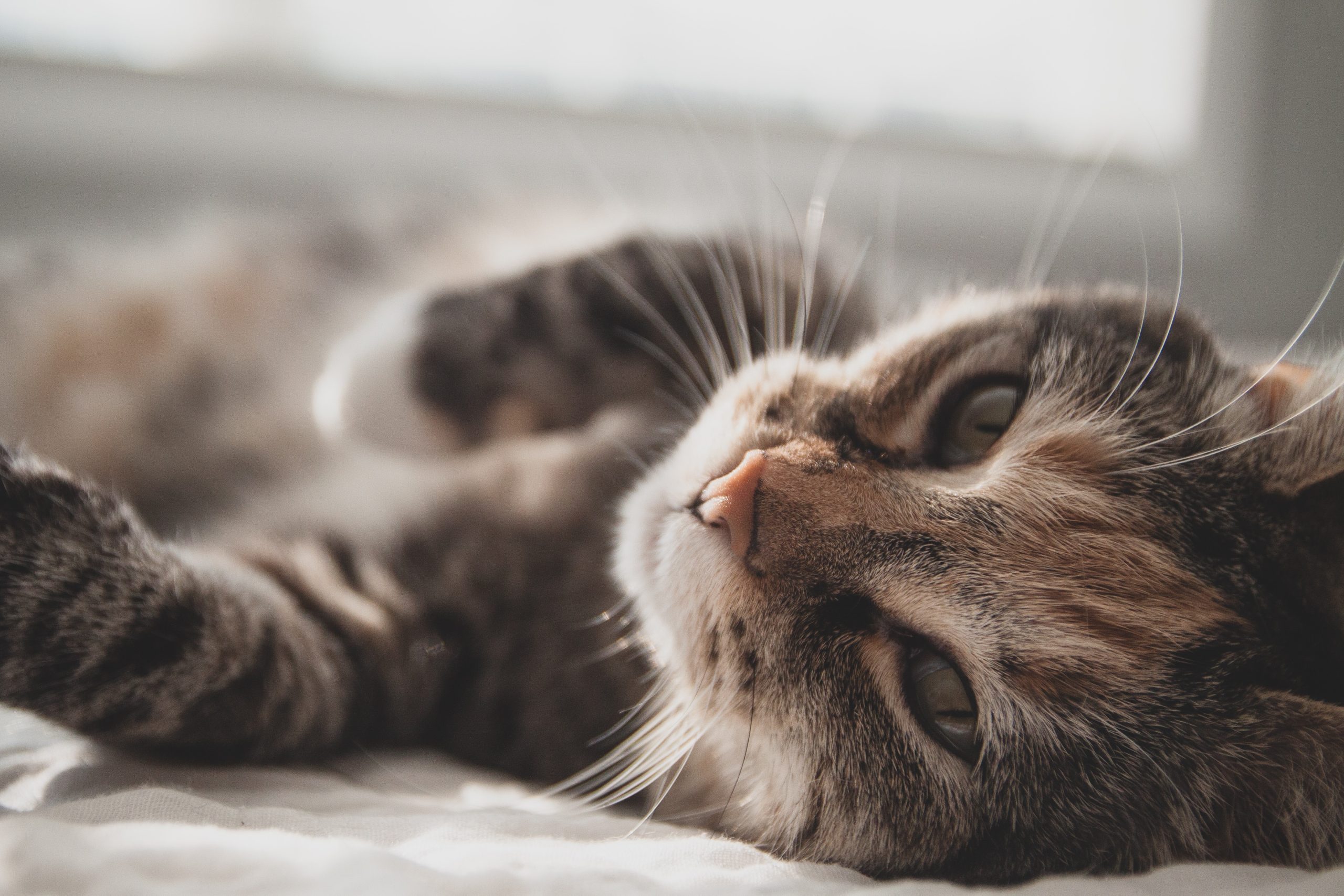Cats are known for their sharp claws, which they use for various activities, from climbing and scratching to hunting and defending themselves. While cats’ claws are important to their overall well-being, they can also pose challenges for pet owners. In this article, we will discuss a guide to managing your cat’s claws, including scratching posts, nail trimming, and alternatives to declawing.
- Scratching Posts Scratching is a natural behavior for cats, and providing them with a scratching post can help prevent damage to your furniture and other household items. A good scratching post should be tall enough for your cat to stretch out, sturdy enough to support your cat’s weight, and covered in a material that your cat enjoys scratching, such as sisal or corrugated cardboard.
- Nail Trimming Regular nail trimming is an essential part of cat grooming. Long nails can cause discomfort or pain to your cat, and can also cause damage to your furniture and clothing. It’s important to use proper nail trimming techniques to avoid causing pain or injury to your cat. You can use nail clippers designed specifically for cats or seek the help of a professional groomer or veterinarian.
- Alternatives to Declawing Declawing, the surgical removal of a cat’s claws, is a controversial topic among pet owners and veterinarians. While declawing may seem like a quick fix to prevent scratching, it can have negative consequences for your cat’s health and well-being. There are alternatives to declawing, including soft paws, which are vinyl nail covers that can be glued onto your cat’s claws, and regular nail trimming and scratching post training.
- Environmental Enrichment Environmental enrichment can also help manage your cat’s claws. Providing your cat with plenty of toys, scratching posts, and perches can help satisfy their natural instincts and prevent boredom. This can help reduce destructive scratching and other unwanted behaviors.
- Behavioral Training Finally, behavioral training can help manage your cat’s claws and other unwanted behaviors. Positive reinforcement training can help teach your cat to use their scratching post instead of your furniture. Providing your cat with treats and praise when they use their scratching post can help reinforce this behavior.
In conclusion, managing your cat’s claws is an important part of being a responsible pet owner. By providing your cat with a scratching post, regularly trimming their nails, exploring alternatives to declawing, providing environmental enrichment, and engaging in positive reinforcement training, you can help keep your cat happy and healthy while also protecting your furniture and other household items. Remember, caring for your cat’s claws is just one part of overall cat care, so be sure to provide your cat with a well-rounded and loving home.




